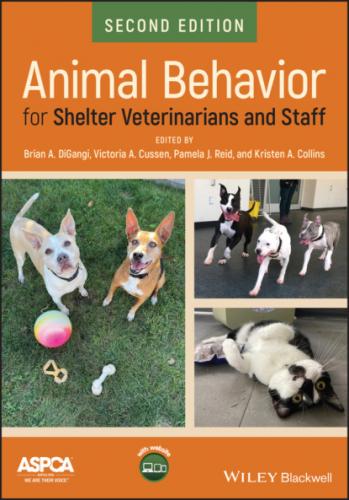12 Part V: Special Topics 19 Welfare and Ethical Decision‐Making 19.1 Introduction 19.2 Animal Welfare Assessment 19.3 Monitoring Welfare in the Shelter 19.4 Preventing and Responding to Welfare Threats 19.5 Ethical Decision‐Making 19.6 Conclusions References Appendix 19.A Sample Decision Table for Animal Care (Adapted from International Companion Animal Management Coalition n.d.) 20 Behavioral Care during Transportation and Relocation 20.1 Introduction 20.2 Moving Animals 20.3 The Impact of Transportation on Physiology and Behavior 20.4 Animal Selection and Population Considerations 20.5 Outcomes 20.6 Conclusions References 21 Behavioral Care of Animals in Disasters, Cruelty Cases, and Long‐Term Holds 21.1 Introduction 21.2 Disasters 21.3 Cruelty Cases 21.4 Long‐Term Holds 21.5 Conclusions References 22 Behavioral Pharmacology 22.1 Appropriate Use of Behavioral Pharmacology in the Shelter Setting 22.2 Developing a Medication Protocol 22.3 Neurotransmitters 22.4 Impact of Psychopharmaceuticals on Behavior 22.5 Non‐Pharmaceutical Interventions 22.6 Conclusions References Appendix 22.A Behavioral Medicine Formulary Appendix 22.B Shelter Behavior Medication Information Sheet Appendix 22.C Fearful/Phobic Behavior Protocol Appendix 22.D Kennel Stress Protocol Appendix 22.E Gabapentin Protocol 23 Caring for Small Mammals
| Автор: | Группа авторов |
| Издательство: | John Wiley & Sons Limited |
| Серия: | |
| Жанр произведения: | Биология |
| Год издания: | 0 |
| isbn: | 9781119618508 |
